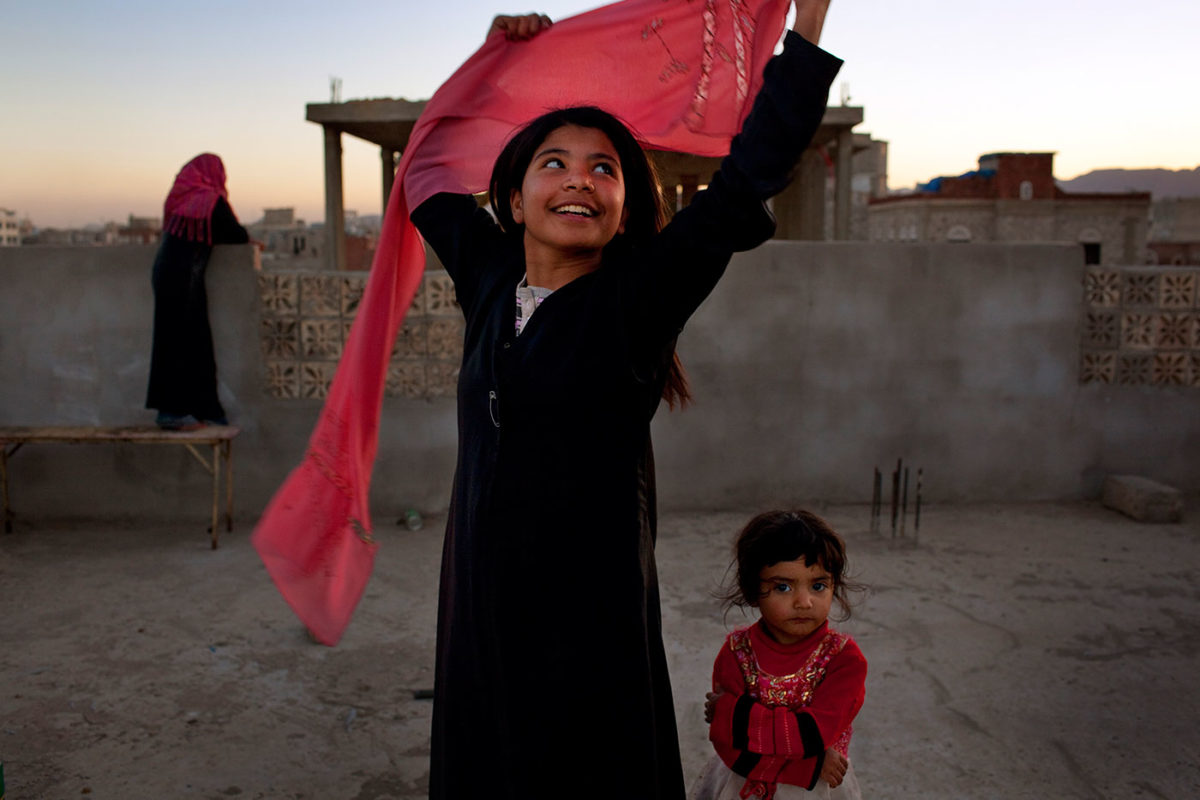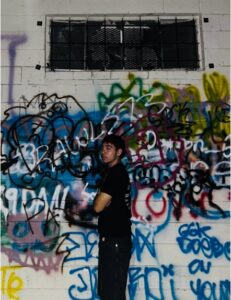Photojournalism

Of all the ways to present honest reporting to the public, photos rank highest of all. Photojournalism is a pure way of telling the truth. Unlike reporting, online publications or a news paper, photos are not biased. Photojournalists must be in the action, whether it’s stateside or abroad. They travel to places that most cannot and report with visuals so people can see what is happening around the world.
While most organizations like CNN or Fox News report on stories to enhance their own agendas to their audience, photographers will publish their work to enhance a story. A photojournalist must remain unbiased by not altering their prints in a way where they remove something from the photo or extremely change the photos coloring or people in it.
Unlike other forms of photography such as documentary or art, photojournalism is noteworthy information that people want to see. Art photography can fall under many umbrellas, but its goal is to create images or interest that are generally altered to what the photographer’s style is. Documentary photos are highlighting something specific, telling a story, but for the purposes of publishing a unique angle of people, places or things.
Ultimately, photojournalism stands alone by being pure content people are seeking to find.
Cameras have evolved within the last century and continue to change as technology gets better. Now, photojournalism and reporting are the bread and butter of creating a strong story. The history of photojournalism can span back to the early 1850’s when photographers starting snapping their film cameras to capture the events of the civil war. As time went on many went on
to take photos of the great depression, prohibition and the dust bowl days in southwest of the United States. Although these photographers were documenting the history around us, it was in 1925 in Germany when a portable 35mm Leica camera was invented. Photographers now could just grab a camera instead of packing up large equipment to snap their images.
This lead to what is known as the “Golden Age” of Journalism.
Between the years 1930-1950 the Leica camera allowed photographers such as Robert Capa, Margaret Bourke-White and W. Eugene Smith to be a staple in the history of photography. These professionals paved the way for others to create a profession taking photos. Photojournalism was coined by Cliff Edon. He was a professor at the University of Missouri for 29 years and created the first photojournalism program there.
Photojournalism can eventually can evolve from passion to pay.
By developing skills and practicing and finding the proper style making money in this career field is possible. Many photographers have websites, portfolios and experience before they pursue making a living selling prints to clients. Starting out, according to Journalism Degree, a photojournalist starts out making 21,000. Many photographers will sell prints to papers like The New York Times, Time Magazine or National Geographic. Photographers will generally have side work as well, taking photos for commercial work or even their own businesses taking wedding or portraits.
Many professional photographers belong to organizations that represent photojournalism. The National Press Photographers Association sets photographers up with skills and guidance as well as contact with other photographers to build a network in the field. This organization offers discounts on equipment, helps to find work in the field, gives the photographer credibility and
the membership is priced from 110-65 dollars. The American Photographer Association has similar benefits, but this organization offers a free membership with its highest being 99 dollars.
As a photographer its good practice to find photographers and their work and emulate their style. Stephanie Sinclair is a photographer for the New York Times, Time Magazine and National Geographic. She’s won awards from the World Press. Her style in portraits is stunning really making the people she takes photos of a work of art.






Good paper.
Put dollar sign ($) before the amount.
Stephanie Sinclair is a good choice as a model for you.